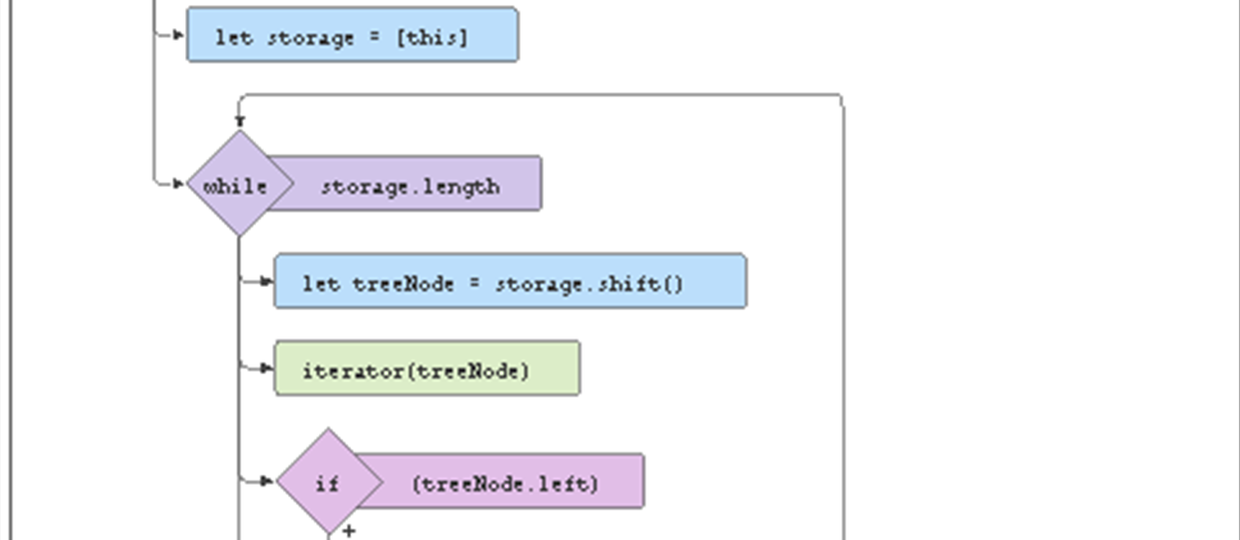Understand how structured data works



Google Search works hard to understand the content of a page. You can help us by providing explicit clues about the meaning of a page to Google by including structured data on the page. Structured data is a standardized format for providing information about a page and classifying the page content; for example, on a recipe page, what are the ingredients, the cooking time and temperature, the calories, and so on.
Google uses structured data that it finds on the web to understand the content of the page, as well as to gather information about the web and the world in general. For example, here is a JSON-LD structured data snippet that might appear on a recipe page, describing the title of the recipe, the author of the recipe, and other details:
<html>
<head>
<title>Party Coffee Cake</title>
<scripttype="application/ld+json">
{
"@context":"https://schema.org/",
"@type":"Recipe",
"name":"Party Coffee Cake",
"author":{
"@type":"Person",
"name":"Mary Stone"
},
"datePublished":"2018-03-10",
"description":"This coffee cake is awesome and perfect for parties.",
"prepTime":"PT20M"
}
</script>
</head>
<body>
<h2>Party coffee cake recipe</h2>
<p>
<em>by Mary Stone, 2018-03-10</em>
</p>
<p>
This coffee cake is awesome and perfect for parties.
</p>
<p>
Preparation time: 20 minutes
</p>
</body>
</html>
Google Search also uses structured data to enable special search result features and enhancements. For example, a recipe page with valid structured data is eligible to appear in a graphical search result, as shown here:
Search appearanceStructured dataNote: The actual appearance in search results might be different. You can preview most features with the Rich Results Test.
Because the structured data labels each individual element of the recipe, users can search for your recipe by ingredient, calorie count, cook time, and so on.
Structured data is coded using in-page markup on the page that the information applies to. The structured data on the page describes the content of that page. Don't create blank or empty pages just to hold structured data, and don't add structured data about information that is not visible to the user, even if the information is accurate. For more technical and quality guidelines, see the Structured data general guidelines.
The Rich Results Test is an easy and useful tool for validating your structured data, and in some cases, previewing a feature in Google Search. Try it out:
Structured data format
This documentation describes which properties are required, recommended, or optional for structured data with special meaning to Google Search. Most Search structured data uses schema.org vocabulary, but you should rely on the Google Search Central documentation as definitive for Google Search behavior, rather than the schema.org documentation. There are more attributes and objects on schema.org that aren't required by Google Search; they may be useful for other services, tools, and platforms.
As of January 29, 2021, data-vocabulary.org markup will no longer be eligible for Google rich result features. To be eligible after January 29, 2021, you need to replace data-vocabulary.org markup with schema.org markup. Learn more about sunsetting support for data-vocabulary.
Be sure to test your structured data using the Rich Results Test during development, and the Rich result status reports after deployment, to monitor the health of your pages, which might break after deployment due to templating or serving issues.
You must include all the required properties for an object to be eligible for appearance in Google Search with enhanced display. In general, defining more recommended features can make it more likely that your information can appear in Search results with enhanced display. However, it is more important to supply fewer but complete and accurate recommended properties rather than trying to provide every possible recommended property with less complete, badly-formed, or inaccurate data.
In addition to the properties and objects documented here, Google can make general use of the sameAs property and other schema.org structured data. Some of these elements may be used to enable future Search features, if they are deemed useful.
Google Search supports structured data in the following formats, unless documented otherwise:
FormatsJSON-LD* (Recommended)A JavaScript notation embedded in a <script> tag in the page head or body. The markup is not interleaved with the user-visible text, which makes nested data items easier to express, such as the Country of a PostalAddress of a MusicVenue of an Event. Also, Google can read JSON-LD data when it is dynamically injected into the page's contents, such as by JavaScript code or embedded widgets in your content management system.MicrodataAn open-community HTML specification used to nest structured data within HTML content. Like RDFa, it uses HTML tag attributes to name the properties you want to expose as structured data. It is typically used in the page body, but can be used in the head.RDFaAn HTML5 extension that supports linked data by introducing HTML tag attributes that correspond to the user-visible content that you want to describe for search engines. RDFa is commonly used in both the head and body sections of the HTML page.Google recommends using JSON-LD for structured data whenever possible.
Structured data guidelines
Be sure to follow the general structured data guidelines, as well as any guidelines specific to your structured data type; otherwise your structured data might be ineligible for rich result display in Google Search.
Get started with structured data
If you're new to structured data, check out schema.org beginner's guide to structured data. While the guide focuses on Microdata, the basic ideas are relevant for JSON-LD and RDFa. For a step-by-step guide on how to add structured data to a web page, check out our structured data codelab.
Once you're comfortable with the basics of structured data, explore the search gallery and pick a feature to implement. Each guide goes into detail on how to implement the structured data in a way that makes your site eligible for a rich result appearance on Google Search.

